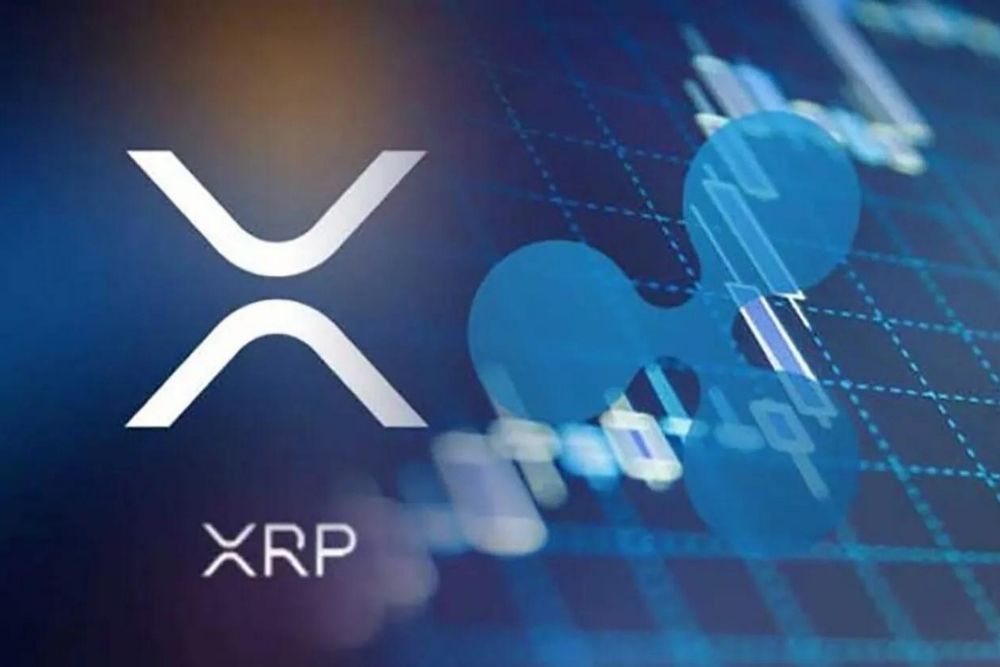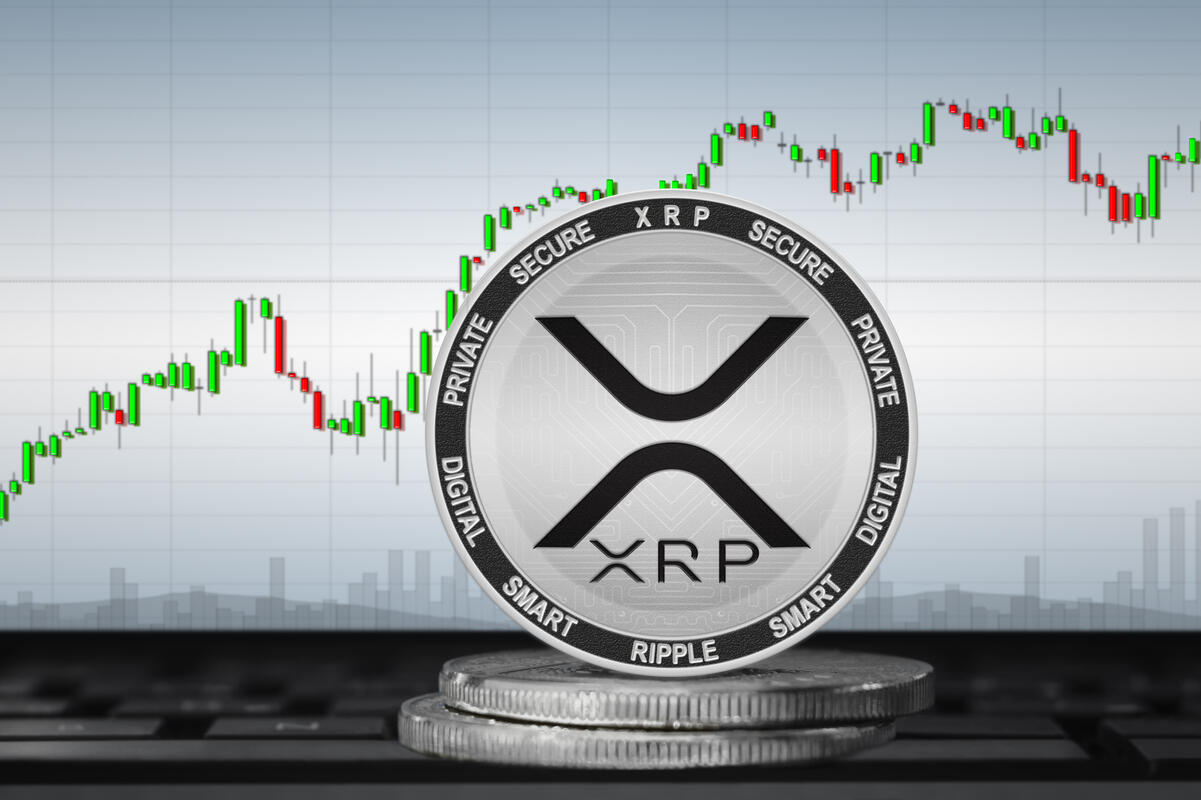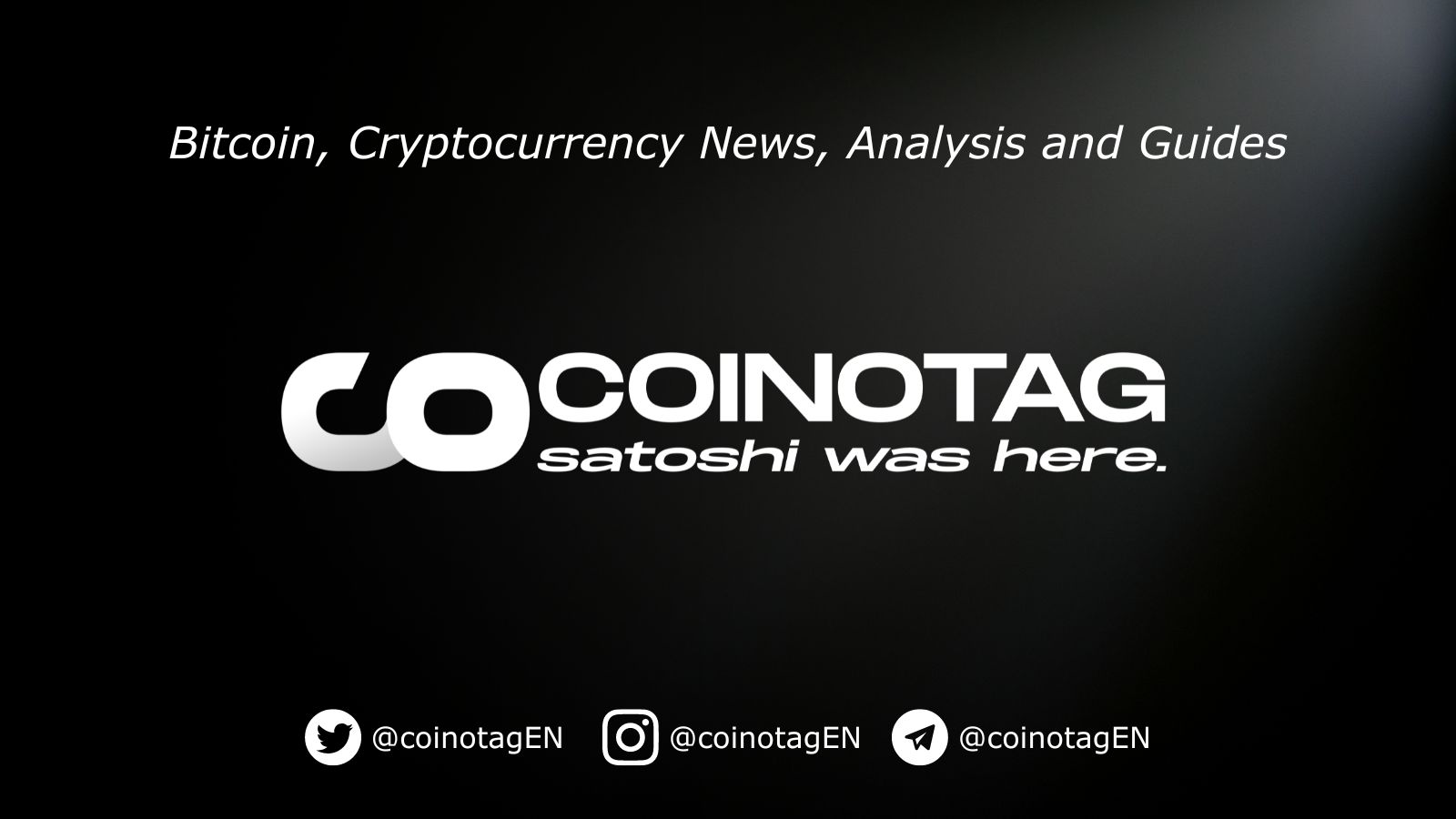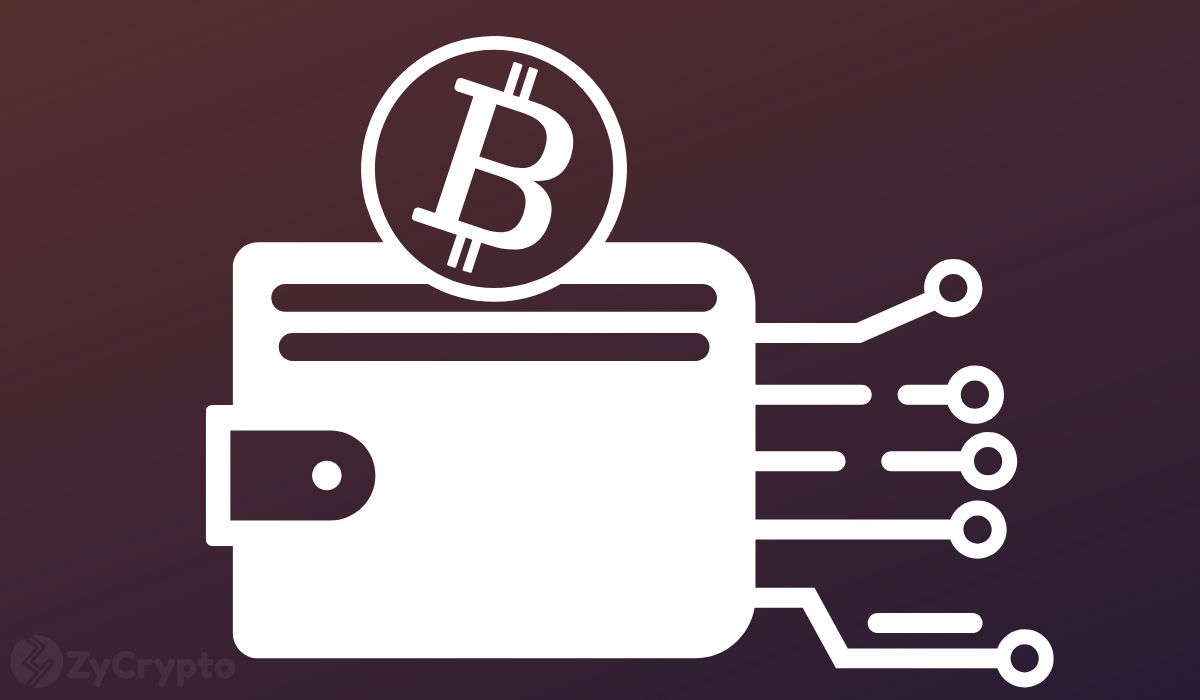
BitcoinWorld Revolutionary AI Browsers: Unpacking ChatGPT Atlas and the Future of Web Navigation The digital landscape is constantly shifting, and for those in the cryptocurrency space, understanding the cutting edge of technology is paramount. This week, the launch of OpenAI’s AI-powered web browser, ChatGPT Atlas , ignited a fresh debate: are AI browsers finally ready to redefine how we interact with the internet? This development carries significant implications, not just for everyday users seeking efficiency, but also for the broader digital economy, including how information is accessed and disseminated, a critical factor for crypto investors and enthusiasts. Are AI Browsers the Next Digital Frontier? The introduction of OpenAI’s ChatGPT Atlas has stirred conversations about the future of internet interaction. On a recent episode of the Equity podcast, hosts Max Zeff, Sean O’Kane, and Anthony Ha delved into the evolving browser landscape. While the idea of an AI agent streamlining online tasks is compelling, the immediate consensus among the panelists suggested that a mass exodus from established browsers like Safari or Chrome is not imminent. The history of the browser market is littered with challengers who failed to unseat the giants, often due to an inability to sustain themselves financially on the browser product alone. However, OpenAI, with its substantial funding, operates under different financial pressures, allowing it to pursue long-term vision over immediate profit. What Does ChatGPT Atlas Offer Users? The promise of AI browsers like ChatGPT Atlas is to automate and simplify online tasks, theoretically leading to significant efficiency gains. However, practical experience reveals a more nuanced reality. Max Zeff, who has personally tested Atlas and other AI-driven browsers such as Comet, observed that the efficiency gains are, at best, marginal. He described instances where users might find themselves watching an AI agent ‘click around on a website,’ performing tasks that a typical user might not even consider doing. For example, the often-cited scenario of an AI agent looking up a recipe and automatically adding ingredients to Instacart seems more like a tech industry ideal than a common user need. This raises a fundamental question about the current value proposition: are these tools addressing real-world user pain points or simply showcasing technological capabilities? How Will Web Browsing Evolve with AI? The rise of advanced AI interfaces prompts critical questions about the future of web browsing and the very concept of the open web. Anthony Ha voiced concerns about the proliferation of generative AI content at the top of search results, which can dilute the organic search experience. He also pondered the broader implications if AI browsers gain widespread adoption: could websites themselves become less central, with AI interfaces and chatbots mediating most of our online interactions? This shift could fundamentally alter how information is consumed, potentially consolidating control over digital content and raising significant security and privacy risks. If AI agents become the primary navigators of the internet, understanding their biases, data handling, and operational transparency becomes crucial for maintaining an equitable and accessible digital space. Why Does OpenAI Have an Edge in This Race? The history of internet browsers is a tale of fierce competition, with many innovative attempts failing to gain traction against incumbents like Safari, Chrome, and Firefox. Sean O’Kane highlighted that a primary reason for these failures has been the difficulty in monetizing a browser as a standalone product. Companies often struggled to generate sufficient revenue to compete with the vast resources of tech giants. However, OpenAI represents a new paradigm. With its increasingly massive funding rounds, OpenAI possesses what Sean describes as ‘infinite money.’ This financial strength allows the company to develop and deploy tools like ChatGPT Atlas without the immediate pressure of profitability. This long-term perspective enables OpenAI to iterate and evolve its browser, potentially allowing it to ‘ride it out as long as they want’ until the technology matures and finds its market fit, a significant advantage over previous challengers. Is the Agentic Web Ready for Mainstream Adoption? The concept of the ‘ agentic web ,’ where AI agents autonomously perform complex tasks on behalf of users, is a grand vision frequently discussed within tech circles. Max Zeff acknowledged the fascinating nature of this idea and the various solutions developers are building towards this future. However, he remains skeptical about its current readiness for the average consumer. The gap between the industry’s vision and actual user experience remains wide. While the technology is impressive, the practical value for ‘normal people’ is not yet compelling enough to drive a mass transition. The critical challenge for AI browser developers is to move beyond mere efficiency gains and create genuinely transformative experiences that resonate with a broad user base, addressing needs that are not currently met by traditional browsing methods. Conclusion: Navigating the AI Browser Horizon The emergence of AI browsers like ChatGPT Atlas marks a significant moment in the evolution of our digital lives. While the potential for increased efficiency and automation is clear, the journey to mainstream adoption is fraught with challenges, from proving tangible user value beyond niche applications to addressing profound questions about the open web and digital security. The financial might of entities like OpenAI provides a unique advantage, allowing for sustained development and innovation without immediate profit pressures. However, the ultimate success of these new browsing paradigms will depend on their ability to offer compelling, secure, and truly beneficial experiences that genuinely enhance how we interact with the vast information highway. Frequently Asked Questions about AI Browsers What is ChatGPT Atlas? ChatGPT Atlas is an AI-powered web browser launched by OpenAI , designed to integrate artificial intelligence capabilities directly into the browsing experience, aiming to automate tasks and enhance efficiency. Who are the main players in the traditional browser market? The dominant players include Safari (Apple), Google Chrome , and Mozilla Firefox , among others. What are the main challenges for new browsers, especially AI-powered ones? Historically, new browsers struggle to make money as a standalone product. For AI browsers, challenges include demonstrating significant user value beyond marginal efficiency gains, addressing security and privacy concerns, and navigating the potential impact on the ‘open web.’ Who are Max Zeff, Sean O’Kane, and Anthony Ha? They are tech journalists and commentators who discussed AI browsers on the Equity podcast. Max Zeff is a tech reporter, Sean O’Kane is a senior reporter at The Verge, and Anthony Ha is the weekend editor for Bitcoin World, with a background in tech reporting. What is the ‘agentic web’? The ‘agentic web’ refers to a future vision of the internet where AI agents autonomously perform complex tasks and interactions on websites on behalf of users, minimizing manual input. Can AI browsers integrate with services like Instacart? Yes, in theory, AI browsers could be programmed to interact with services like Instacart , for example, by adding recipe ingredients to a shopping cart, though the practical adoption of such complex automations by average users is still debated. To learn more about the latest AI browser trends, explore our article on key developments shaping AI browsing features. This post Revolutionary AI Browsers: Unpacking ChatGPT Atlas and the Future of Web Navigation first appeared on BitcoinWorld .
Bitcoin World
You can visit the page to read the article.
Source: Bitcoin World
Disclaimer: The opinion expressed here is not investment advice – it is provided for informational purposes only. It does not necessarily reflect the opinion of BitMaden. Every investment and all trading involves risk, so you should always perform your own research prior to making decisions. We do not recommend investing money you cannot afford to lose.
Master the Crypto Market with CryptoAppsy: Your Ultimate Smart Assistant

CryptoAppsy offers real-time data without membership requirements. The app supports portfolio management with multi-currency tracking. Continue Reading: Master the Crypto Market with CryptoAppsy: Your Ultimate Smart Assistant The post Master the Crypto Market with CryptoAppsy: Your Ultimate Smart Assistant appeared first on COINTURK NEWS . Bitcoin World

Credible Crypto: Ripple Will Do Everything to Make XRP Successful. Here’s Why
Ripple’s recent streak of high-profile acquisitions is painting a clear picture of ambition and intent, a deliberate march toward solidifying its position as the global leader in blockchain-powered finance. Beneath the surface, each acquisition appears to serve a single underlying mission: building an interconnected network where Ripple’s XRP becomes indispensable to global value movement. Credible Crypto’s latest analysis underscores this reality, emphasizing that Ripple has every reason and every incentive to ensure XRP’s long-term success. Ripple’s Expanding Empire: Strategic Acquisitions with a Purpose In less than two years, Ripple has announced five major acquisitions, each one strategically aligned with its vision of an “Internet of Value.” These include: Metaco (2023) – a Switzerland-based digital asset custody firm that strengthened Ripple’s tokenization and custody capabilities. Standard Custody (2024) – a regulated custody platform acquired to expand Ripple’s institutional-grade digital asset infrastructure. Rail (August 2025) – focused on stablecoin payment rails, designed to make cross-border transactions faster and cheaper. GTreasury (October 2025) – enhancing Ripple’s corporate treasury and liquidity management capabilities. Hidden Road (October 2025) – recently rebranded as Ripple Prime , marking Ripple’s entry into the prime brokerage space for institutional digital asset trading. "I’m reminding you all that $XRP sits at the center of everything Ripple does." Said this before and I`ll say it again. When an entity holds some 100B of a crypto asset that will slowly be released to them from an automated escrow over the next decade plus, they will do… https://t.co/053HPNoRvk — CrediBULL Crypto (@CredibleCrypto) October 24, 2025 Each acquisition builds a layer of infrastructure that connects liquidity, custody, payments, and compliance, ultimately centering around XRP as the digital bridge asset enabling instant settlement and interoperability between fiat and crypto systems. Ripple’s Incentive: Why XRP Must Succeed Credible Crypto’s X post draws attention to a simple but powerful truth: Ripple’s fortune is directly tied to the success of XRP. With approximately 100 billion XRP ever created, a substantial portion of which remains locked in Ripple-controlled escrow accounts, the company stands to benefit immensely from any sustained appreciation in XRP’s value. As Credible Crypto noted, when a company holds such a massive reserve of a digital asset scheduled for gradual release over the next decade, it will “do everything in its power to make that asset successful.” We are on X, follow us to connect with us :- @TimesTabloid1 — TimesTabloid (@TimesTabloid1) June 15, 2025 Ripple’s efforts — from enterprise integrations to institutional partnerships- reflect this alignment of incentives. Every partnership, every acquisition, and every technological rollout increases the potential for XRP’s utility and, by extension, its market value. Building Real-World Utility: From Stablecoins to Institutional Settlement Ripple’s strategy is not about speculation; it’s about utility-driven growth. The company’s launch of RLUSD, its U.S. dollar-backed stablecoin, and the integration of institutional-grade solutions like Ripple Prime and GTreasury create the financial ecosystem needed to embed XRP into real-world financial flows. By combining custody, liquidity, and settlement under one umbrella, Ripple is designing a framework where XRP functions as the native bridge asset across all its platforms. This means banks, treasurers, and financial institutions can execute cross-border settlements, stablecoin conversions, and liquidity sourcing seamlessly, with XRP quietly powering the backbone of those transactions. The Bigger Picture: Incentives Meeting Execution Credible Crypto’s conclusion is clear: Ripple’s incentive is not theoretical; it is operational. The company’s acquisitions, product launches, and partnerships all point toward one direction — an integrated financial infrastructure where XRP is indispensable. With institutional adoption growing, regulatory uncertainties easing, and Ripple’s ecosystem rapidly expanding, the groundwork for XRP’s next growth phase appears firmly in place. Whether markets fully price in this alignment between Ripple’s strategy and XRP’s utility remains to be seen, but one fact is undeniable: Ripple is building for the long game, and XRP sits at the center of it all. Disclaimer : This content is meant to inform and should not be considered financial advice. The views expressed in this article may include the author’s personal opinions and do not represent Times Tabloid’s opinion. Readers are urged to do in-depth research before making any investment decisions. Any action taken by the reader is strictly at their own risk. Times Tabloid is not responsible for any financial losses. Follow us on Twitter , Facebook , Telegram , and Google News The post Credible Crypto: Ripple Will Do Everything to Make XRP Successful. Here’s Why appeared first on Times Tabloid . Bitcoin World











